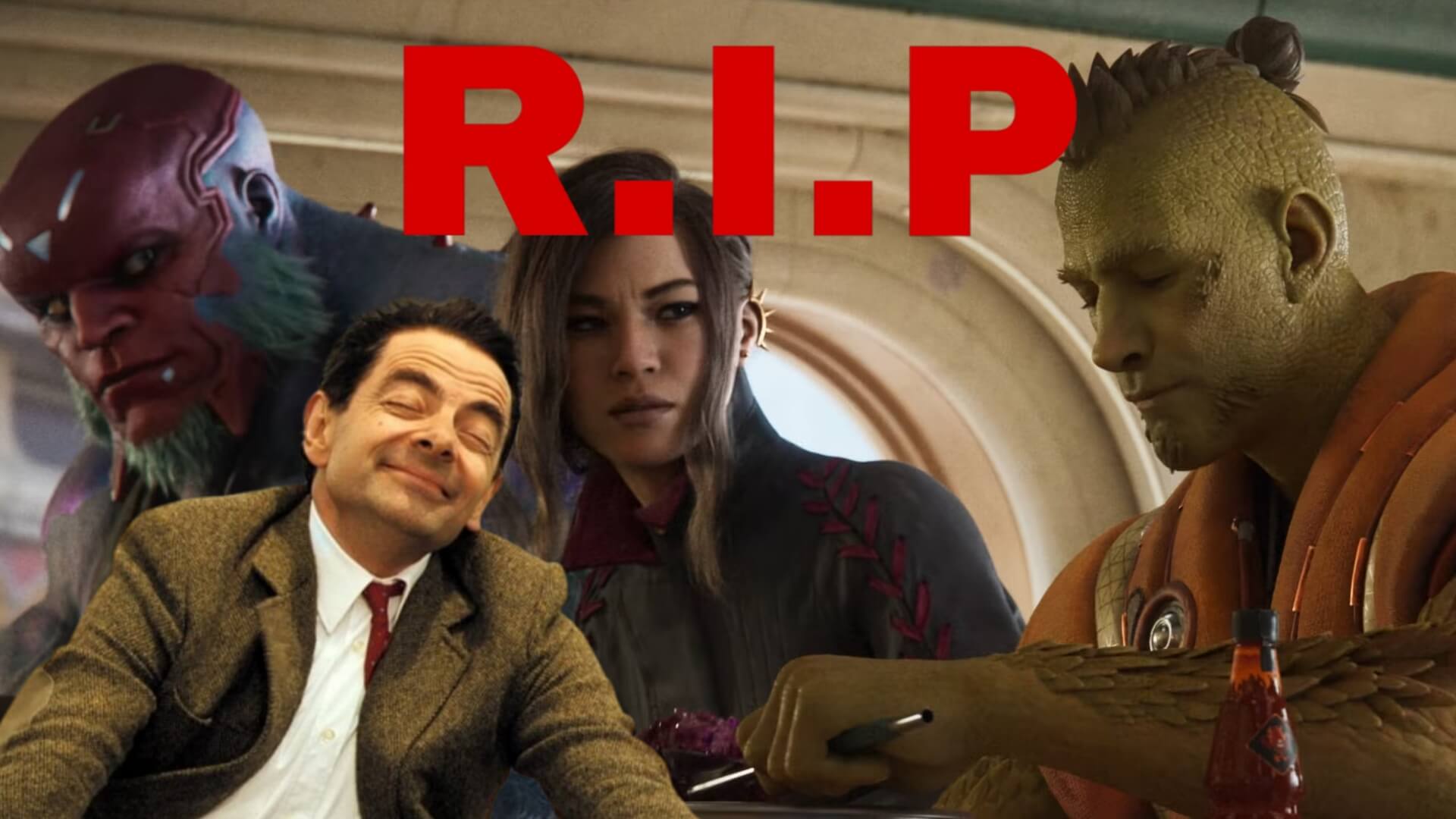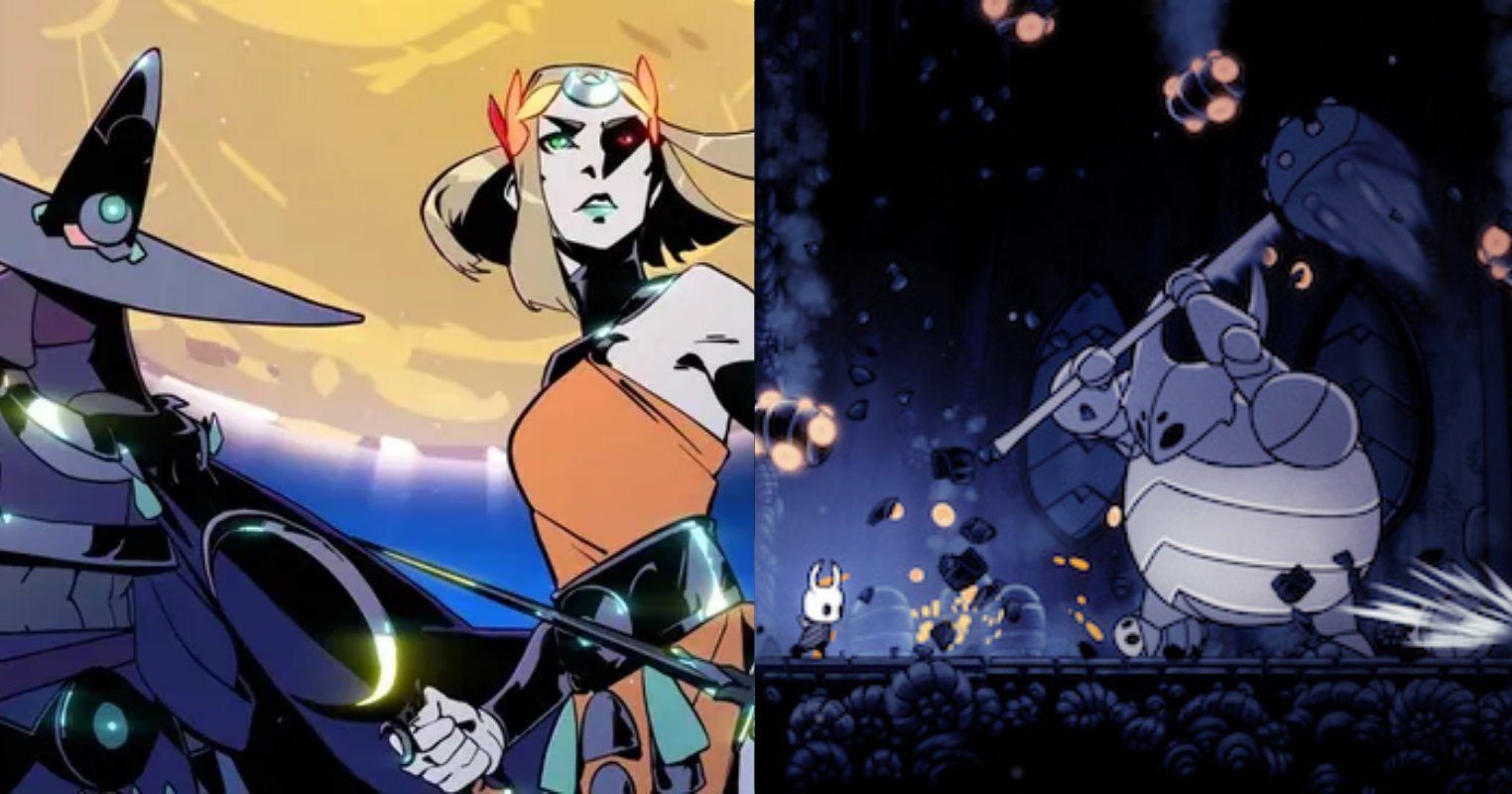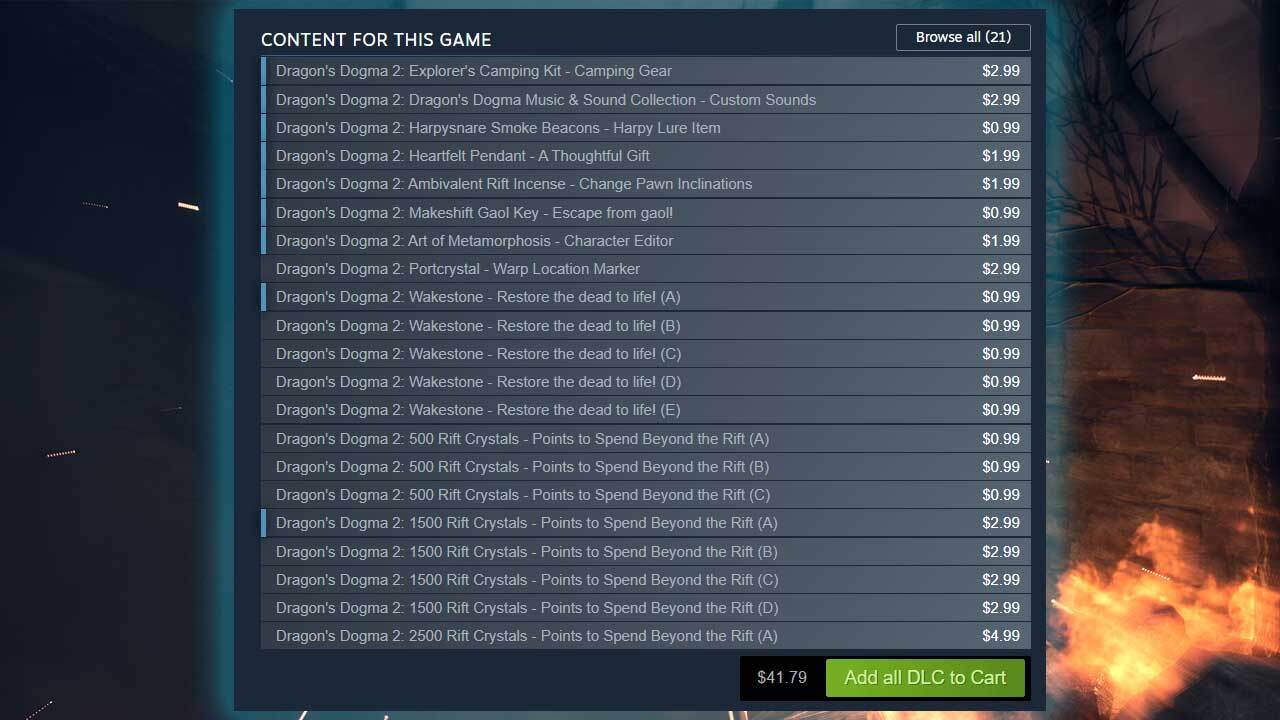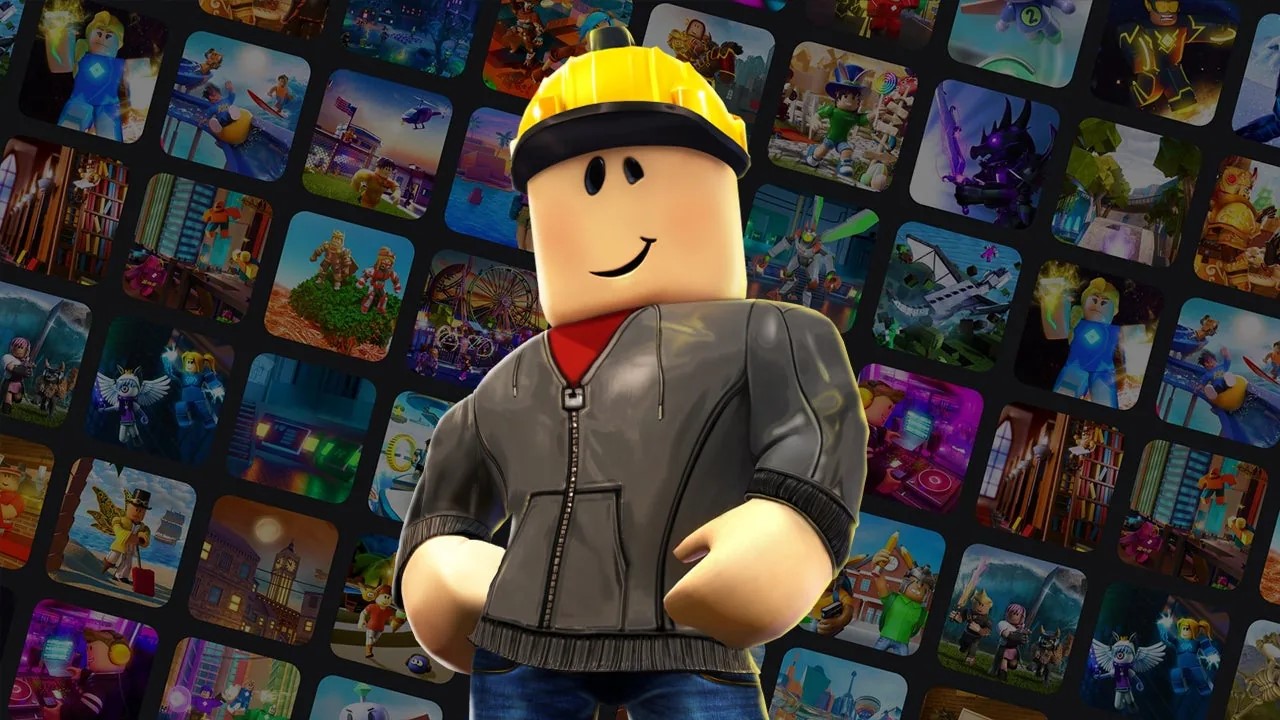- Free-to-play games dominate the market, making it harder for expensive AAA titles to justify their high prices and sustain long-term success.
- Subscription models like Game Pass offer value, but many players prefer free games with optional purchases over paying full price for new releases.
- Indie games thrive with creativity and lower costs, while AAA developers must rethink pricing and long-term updates to stay competitive.
In recent years, the gaming industry has witnessed a dramatic shift in player habits and market dynamics. AAA games once dominated, but many believe the market is now unsustainable. Most players prefer free games, forcing gaming companies to rethink their strategies to remain competitive.
A quick look at SteamDB shows that Steam’s most-played games are mostly free, with Counter-Strike 2 among the top. Additionally, free games like Fortnite have millions of players, while expensive titles often struggle to maintain popularity after launch.

The reason is simple: why would someone pay $60 to $70 for a game they might finish in a few hours when they can enjoy free games for hundreds of hours?
Why AAA Games Are Struggling
Thomas Mahler and Bioshock Creator say big-budget games now face significant challenges and risk losing players’ interest due to a lack of innovation. AAA games’ success is often tied to rapid sales; otherwise, they are seen as failures.
AAA games require massive budgets, and companies expect huge profits to justify these costs. If a game fails to sell as projected, it can result in financial losses. Meanwhile, free games remain relevant for years because developers continuously update them with new content to keep players engaged.

In the past, Sony attempted to compete in the multiplayer market with Concord, a shooter meant to rival PUBG and Fortnite. However, at $40, it biggest flopped because free-to-play alternatives offered a similar experience at no cost.
In contrast, Microsoft has taken a different approach with its Game Pass subscription model, where players pay a monthly fee for multiple games instead of full-price purchases. While this model provides more value to players, the gaming market largely does not favour it.
Most players cannot afford to buy multiple expensive games every year. Instead, they prefer free games and spend on small in-game purchases. Therefore, many gaming companies fail to recognize shifting consumer behaviour, limiting their success. To compete in the market, they must rethink their strategy.
The Role Of Indie Games
Another significant trend in recent years is the rise of indie games, which generate significant revenue like AAA games. For example, games like Hollow Knight and Hades are widely recognized indie games as they prioritize creativity, unique gameplay, and niche appeal over costly marketing or massive development teams.

Moreover, free games succeed because they consistently release updates and new content to keep players engaged. However, this model is not foolproof, and if developers fail to keep content fresh, players will quickly lose interest and move on to other games.
Yet, despite the dominance of indie and free-to-play games, big-budget AAA titles still have a place. Games like Kingdom Come: Deliverance II, one of the best games to experience in 2025, demonstrate that players still appreciate profound, story-driven experiences.
However, expensive games need to be reconsidered regarding how they are sold. Nowadays, purchasing AAA games at launch is unnecessary. Players wait for discounts or opt for used copies, making it harder for companies to generate immediate revenue.
The Future Of Gaming

Following Sony’s recent State of Play event, some gamers believe Sony and Microsoft struggle to produce compelling titles. However, Microsoft has a strong lineup for 2025. The real challenge is the growing dominance of free-to-play games.
Free games have completely transformed how people play and spend money. Expensive games, like GTA VI, now struggle to justify their prices. Further, microtransactions shouldn’t be part of AAA games for their success because why should players pay $30 for a skin after purchasing an expensive game?
Big-budget games will not disappear. There will always be players who enjoy single-player adventures, RPGs, and deep storytelling. However, gaming companies must adapt to evolving consumer expectations by offering more value for their price tags.
The future of gaming lies in a balance between free-to-play, paid, and indie games. Companies that fail to adapt will struggle, while those that embrace change will thrive in a gaming industry that no longer follows the old rules.
Thank you! Please share your positive feedback. 🔋
How could we improve this post? Please Help us. 😔
Moiz Banoori, with a decade of experience in gaming and tech journalism and a degree in journalism, is a notable figure in the industry. He has contributed to various esteemed platforms, showcasing his expertise in both reporting and opinion writing.


 Threads
Threads

